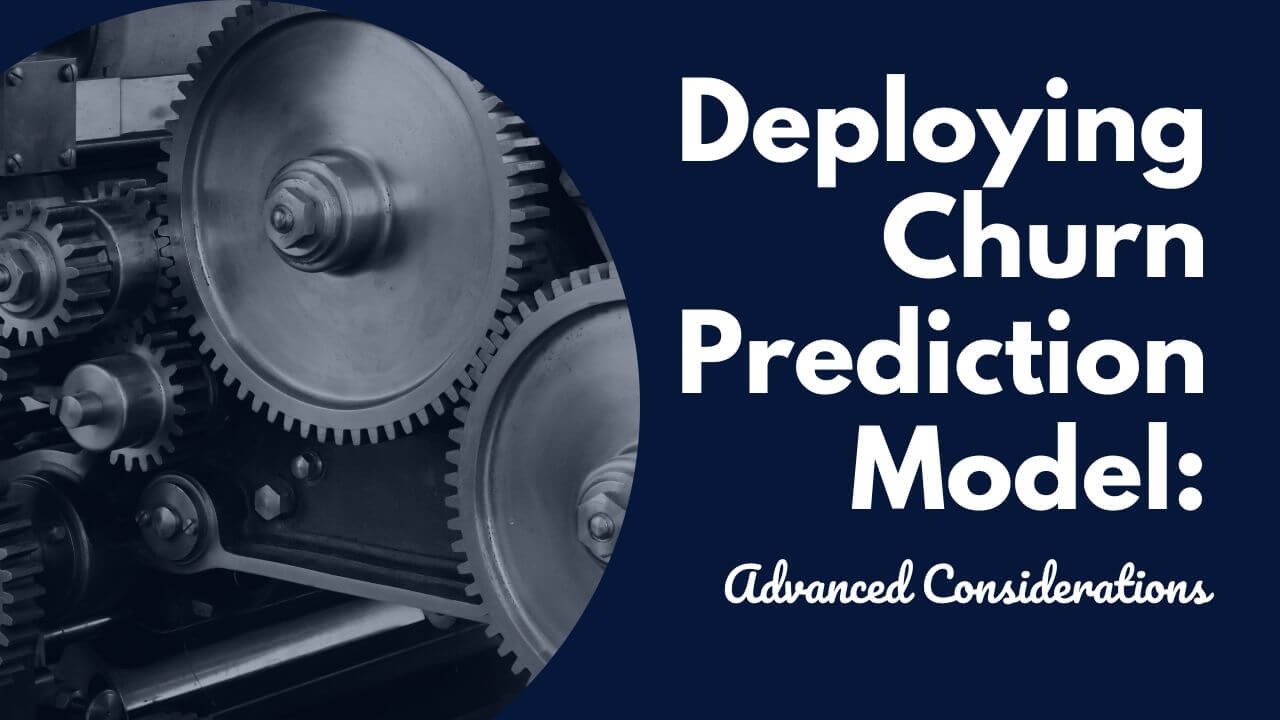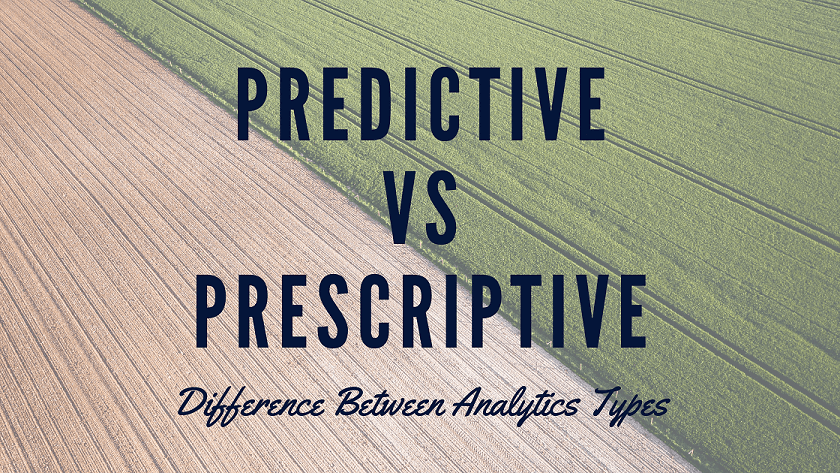Successfully Deploying Churn Prediction Models
Churn prediction is the process of creating a predictive model that estimates the likelihood of a customer canceling their service in a future period of time. Churn prediction is used to understand churn drivers, evaluate retention programs, and calculate the customer lifetime value. In this article, I will use my experience as a Director of … Read more






